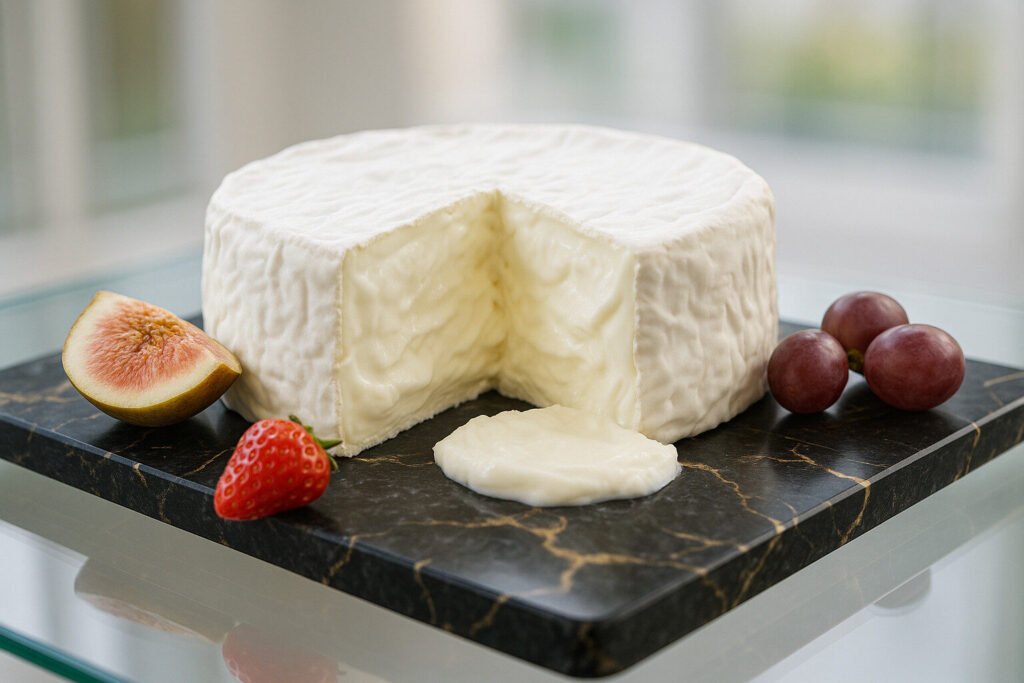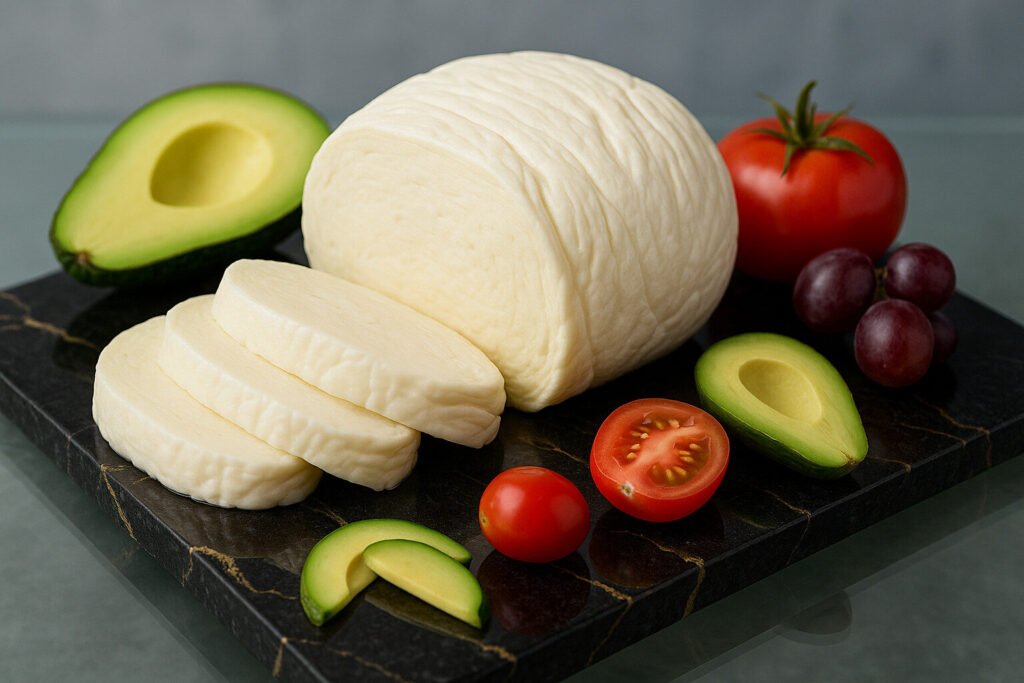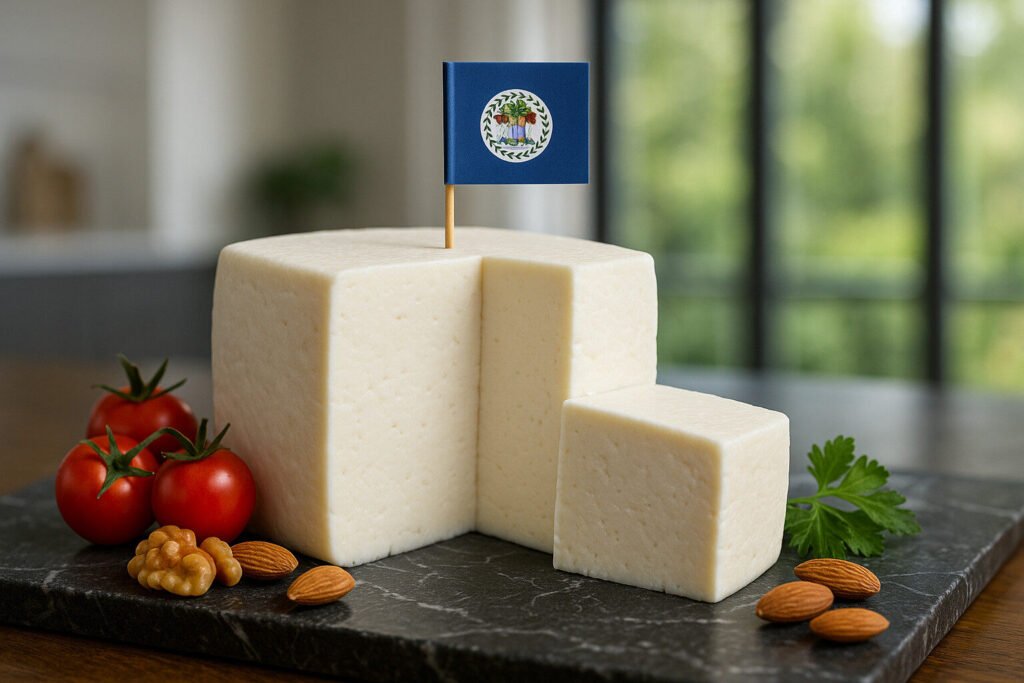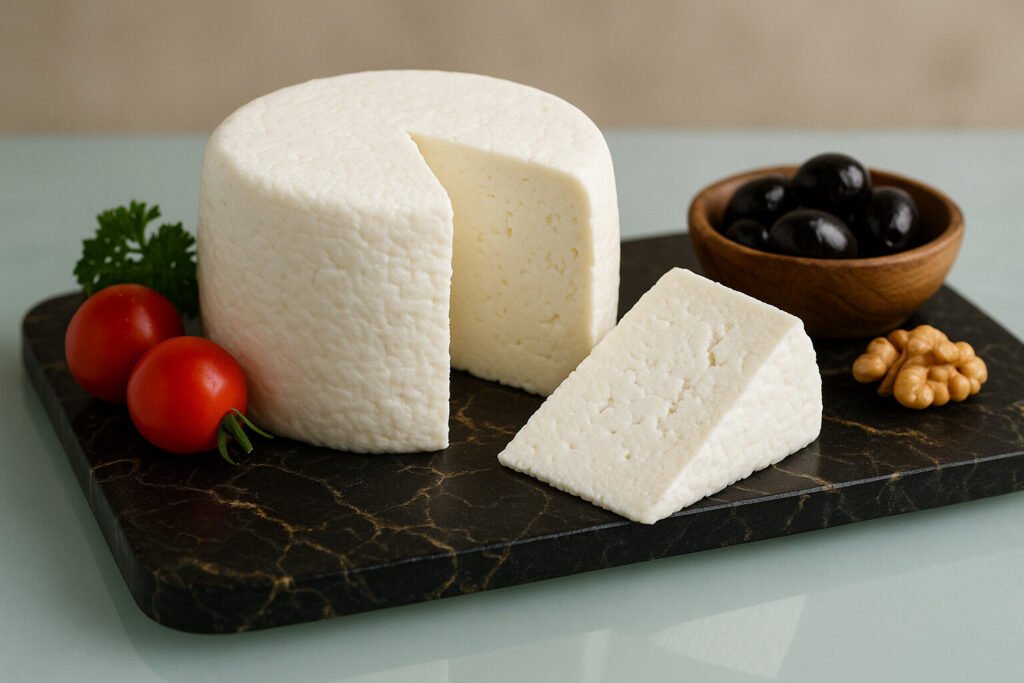Cheese Of Latin America
Definition and Scope
Latin American cuisine encompasses the diverse culinary traditions of Mexico, Central America, South America, and the Caribbean. Its cheese varieties are integral, often reflecting a fusion of indigenous practices with European, particularly Spanish and Portuguese, influences. These cheeses are primarily fresh or semi-soft, designed for immediate consumption or melting in traditional dishes.
The scope includes unique regional specialties not found elsewhere, such as Oaxaca, Queso Fresco, and Queso Blanco. These cheeses are defined by their simple production methods, mild flavors, and specific functional properties in cooking. They form a distinct category within global cheese taxonomy, separate from the aged, complex cheeses of Europe.
Production Techniques
Traditional production often begins with raw or pasteurized cow’s milk, though goat and sheep’s milk are also used regionally. The curdling process typically employs rennet or acidic agents like lemon juice or vinegar. This results in a mild, high-moisture curd that is lightly pressed or stretched, but rarely aged for long periods.
Many techniques, such as the pasta filata method used for Oaxaca cheese, involve stretching and kneading the heated curd. Salting is usually minimal and applied directly to the curd or as a brine. The focus is on creating a cheese with a high yield, good melting characteristics, and a short shelf life, suitable for daily use.
Sensory Profile
The flavor profile of Latin American cheeses is predominantly mild, milky, and slightly salty or tangy. They lack the pungent, sharp, or complex flavors developed through extensive aging or specific mold cultures. Their texture ranges from soft and crumbly, as in Queso Fresco, to semi-soft and stringy, as in Queso Oaxaca.
Aromas are generally clean and lactic, without the strong notes associated with washed-rind or blue cheeses. The mouthfeel is often moist and sometimes squeaky, especially in fresh varieties. This straightforward sensory profile makes them versatile and non-overpowering ingredients in complex dishes.
Culinary Uses
These cheeses are primarily used as functional ingredients, prized for their melting, crumbling, or frying properties. They are essential toppings for arepas, pupusas, and tacos, and are melted into sauces for enchiladas and other baked dishes. Their ability to retain shape or soften without oil separation is a key culinary asset.
They are also served fresh as a table cheese or crumbled over salads, soups, and beans. Frying is another common preparation, creating a crispy exterior with a soft, melted interior. Their mildness allows the other flavors in a dish to remain prominent, making them a foundational component rather than a centerpiece.
Regional Examples
Mexico produces Queso Fresco, a crumbly, fresh cheese, and Queso Oaxaca, a string cheese similar to mozzarella. Queso Panela, a fresh, non-melting cheese often grilled or fried, is also widely consumed. These cheeses are staples in both everyday meals and festive occasions across the country.
In South America, Colombia and Venezuela are known for Queso Campesino and Queso de Mano, respectively, which are fresh, semi-soft cheeses. Brazil produces Queijo Coalho, a firm cheese often grilled on sticks. The Caribbean contributes Queso de Hoja, a fresh, layered cheese from the Dominican Republic, illustrating the regional diversity within this category.




